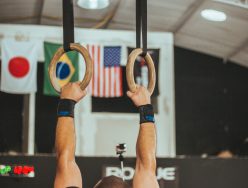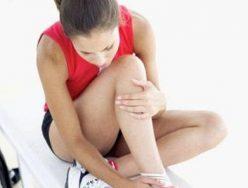Yes, finally there is a magical workout- it is called holistic fitness. All of your dreams to tone quickly, look perfect, feel great and be healthy can come true. Holistic fitness has been turning the heads of media, press worldwide because it is: incredible, effective, healthy and life changing. It includes the best of Aerobics, Pilates, Yoga, Primal Movements, Martial Arts, Dance, Stretching, and focuses on re-connecting you back to nature.
Holistic fitness was created by Julie Rammal. Originally the methodology was kept secret for years and used to only train Vip, Celebrities, royal families to quickly tone and get in shape. With live events, press, and the launch of the world first holistic fitness DVD: In Light Of Change, it is now available to the public.

























